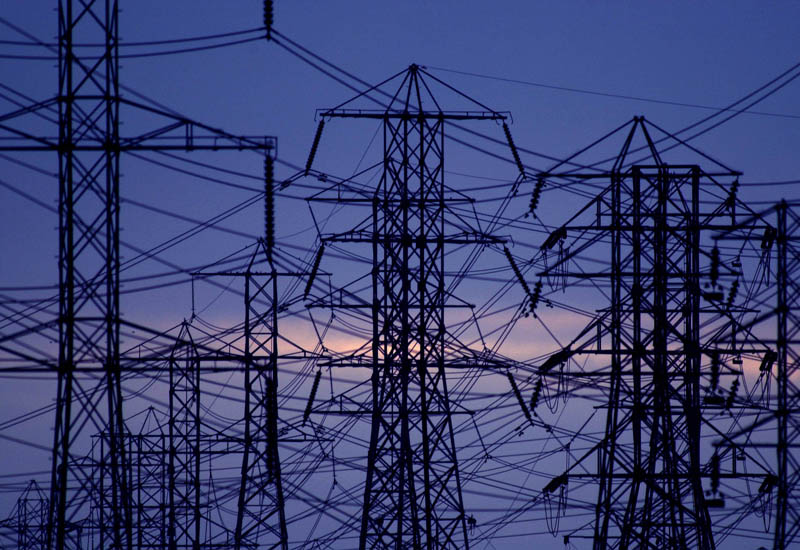- Relief as Magboro, Others Get Electricity After 10 Years
Some communities in Magboro, Ibafo and Mowe in Ogun State have been connected to the power grid after 10 years of total blackout that hampered business activities and forced some residents to relocate.
Our correspondent gathered that over 50 areas in the communities had received power supply following the connection to the grid.
According to the Ibadan Electricity Distribution Company Plc, whose areas of coverage are Oyo, Osun, Kwara and Ogun states, and part of Ekiti and Niger states, the now connected areas include Abule-Ibafo, Opeyemi, Ilupeju, Magada I, Magada II and Oremeji, all in Ibafo.
In Magboro, the connected areas are Victory Estate, Giwa, Too Estate, Akeran Village, Eko Close, Alamo, Imperial Estate, Miracle, Oke-Afa I, Oke-Afa II, Breintfield Estate, and Champion Estate.
“In Mowe: Unilag Estate, Ofada roundabout, Ifesowapo, God is one, Omu-Arogun I and II, Arigbawonwo I and II, Daluwon, Graceland, Ebenezer, Rock of ages, Leadway Estate, Omu Isoko, Omu Arire, Jubilee Estate, Ashimolowo, Pro Silver, Olororo, Olapeju Estate, Loburo village, Thuraya, Habitation of Hope, OPIC Road, Oke Sioni, Jacob, Odebiyi, Imedu Olori, Cele, Market, Lotto I and II, Emerald 1, 2 and 3, Obabiolorunkosi and Ikugbonmire,” the IBEDC stated.
The Leader, Community Development Councils, Obafemi Owode Local Government Area, Mr. Jimi Olusanya, said the communities, including Asese, Ofada and Oke-Afa, had been starved of power supply for the past 10 years.
He told our correspondent, “The communities have been connected to the old line that is coming from Mowe. By mid-January, the one they promised us, the new line from Abeokuta or Oke-Aro will be connected to that, and all of us will have better electricity supply. Areas where there is no supply are mostly those where their transformers have been vandalised.
“The power firm fulfilled the Christmas period deadline they promised the communities. Some people have packed out of the communities because of lack of electricity. I know some of them will be moving back to their houses. Some of them went to rented apartments in Lagos.”
The IBEDC had said in November that it would spend N60m to link the communities to the existing distribution line from the new Abeokuta 132/33KV substation of the Transmission Company of Nigeria.
The Chief Technical Officer, IBEDC, Mr. Ade Ayileka, during a tour of the substation and the examination of the construction of the line and poles to link the communities, had said, “This is a new transmission station; the power capacity here is available and it is much more than the power capacity that is coming from Ojere.”

 Naira4 weeks ago
Naira4 weeks ago
 Naira4 weeks ago
Naira4 weeks ago
 Travel3 weeks ago
Travel3 weeks ago
 Jobs4 weeks ago
Jobs4 weeks ago
 Naira3 weeks ago
Naira3 weeks ago
 Naira3 weeks ago
Naira3 weeks ago
 Investment4 weeks ago
Investment4 weeks ago
 Travel4 weeks ago
Travel4 weeks ago




























